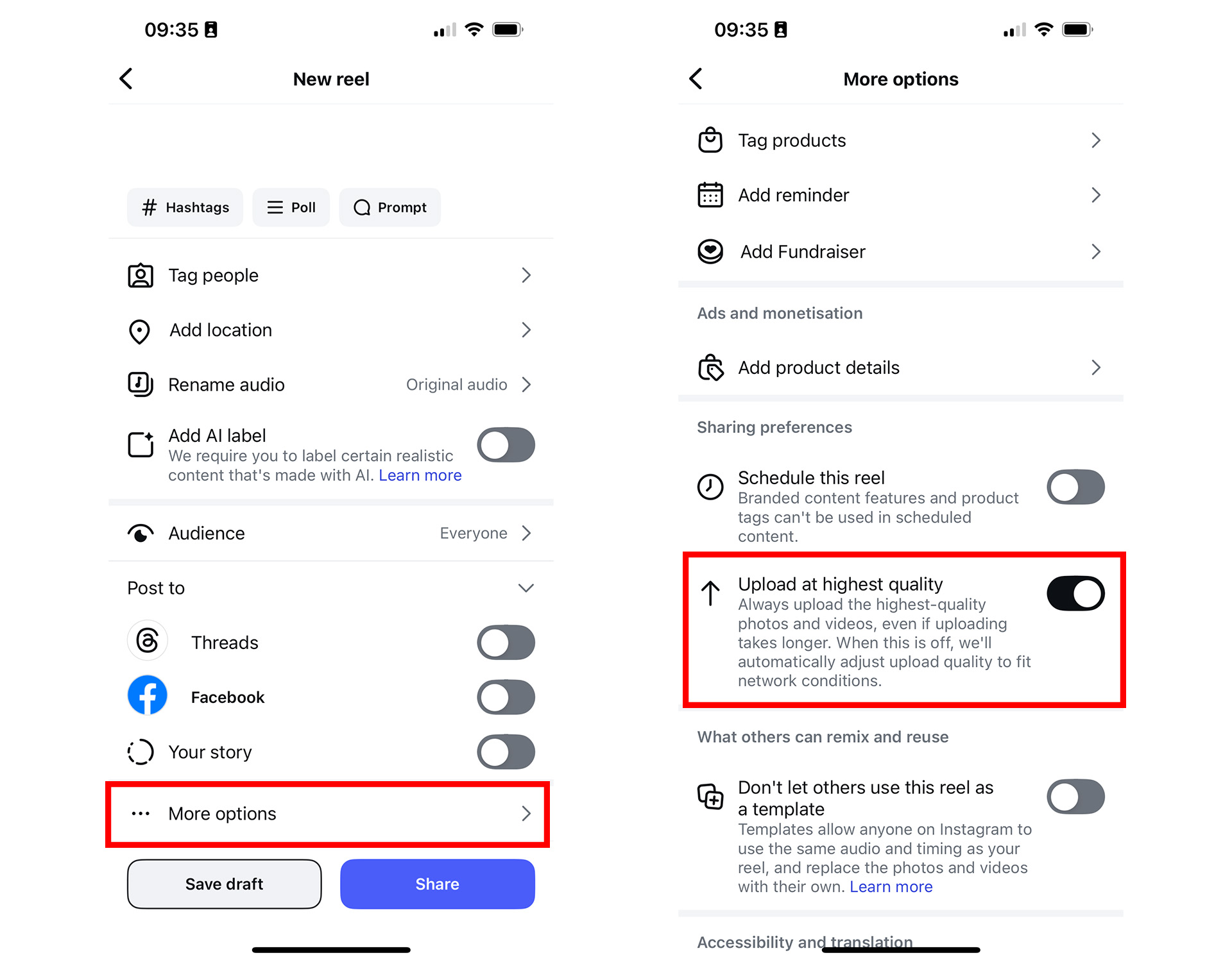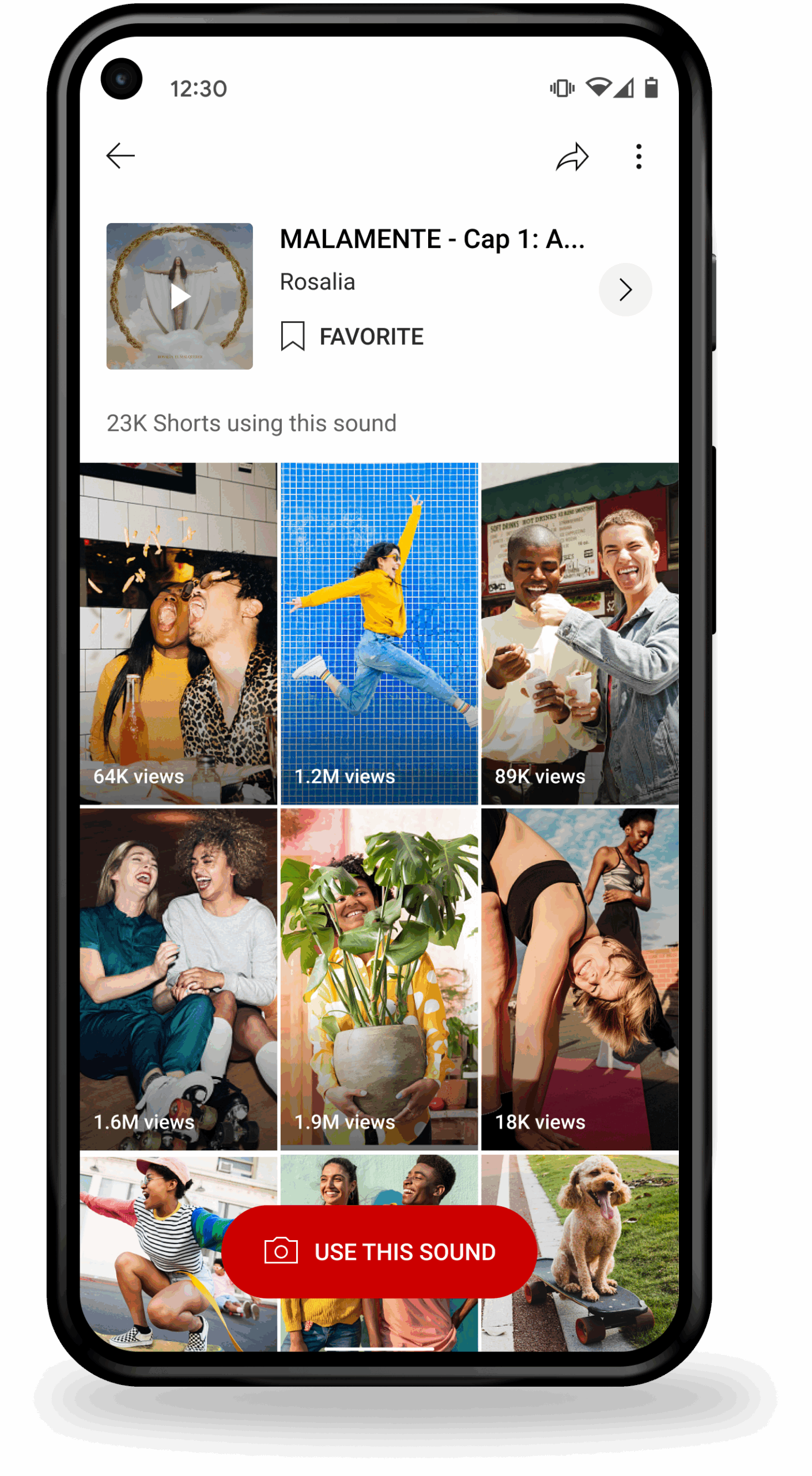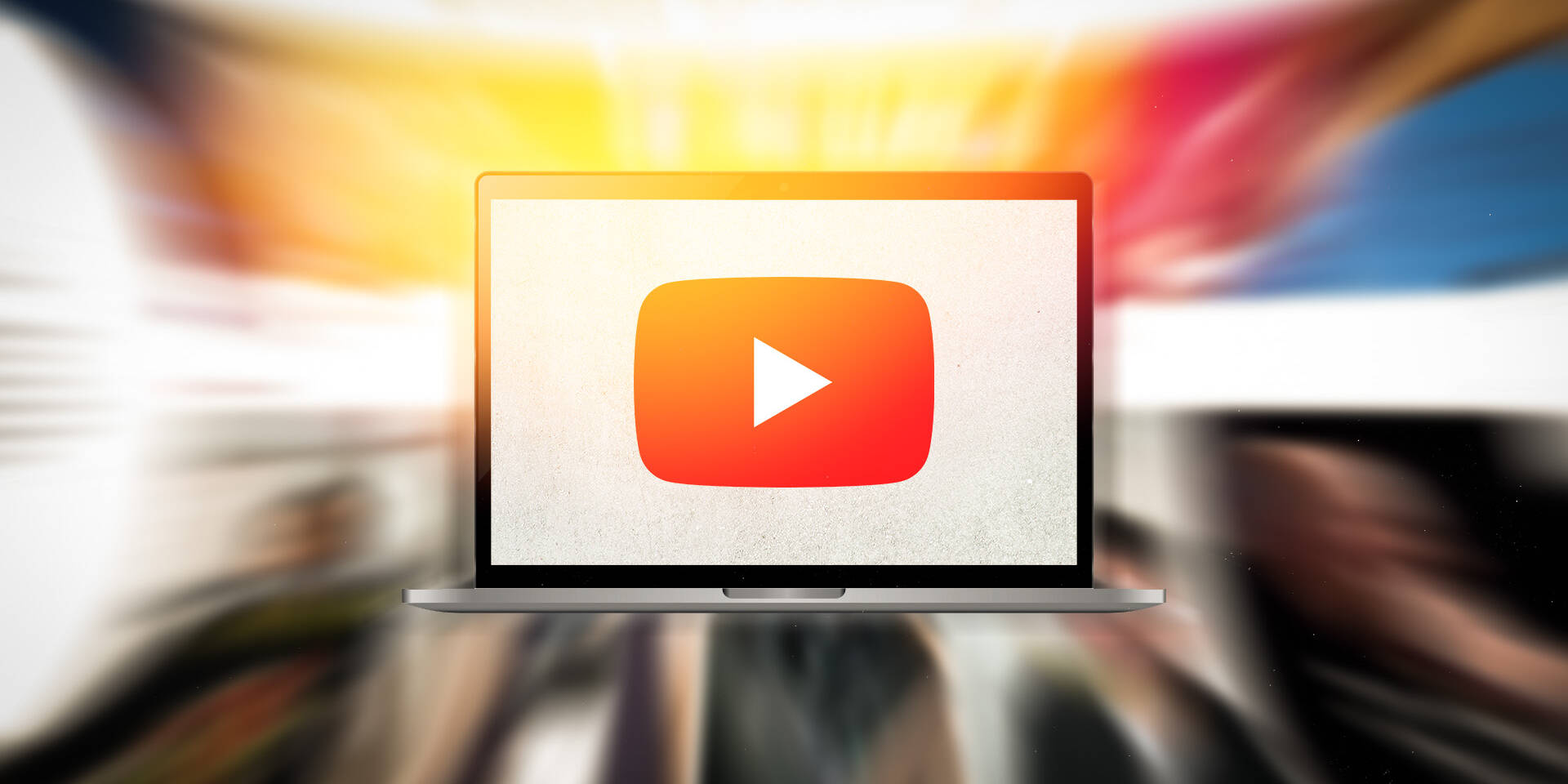It was a rough day at the start of this year when I clicked on an old Instagram reel and saw the quality looked terrible.
Everything was heavily compressed and pixelated, contrary to how it looked before and after the initial upload.
If you know Instagram, you know the site lacks any user control for the quality of playback, unlike YouTube for example. Creators have the opportunity to upload their reel at the highest quality when posting but after that, the platform is in control of how it delivers that file.
When you first hit upload, you might review your reel and make sure everything looks okay. But check back a few months later and suddenly the quality has significantly deteriorated…
Why!?
Through some research I found this article which seemed to have the explanation.
Head of Instagram Adam Mosseri didn’t mince words when he posted this on Threads:
“It works at an aggregate level, not an individual viewer level. We bias to higher quality (more CPU intensive encoding and more expensive storage for bigger files) for creators who drive more views. It’s not a binary theshhold, but rather a sliding scale.”
I’m also not misquoting him here, the Threads post he made did have a typo. See if you can spot it.
However, what this means for you is Instagram is reducing quality of older, and especially, lower performing posts.
The reason is obvious, re-encoding old files and reducing their size helps Meta (Instagram’s parent company) to save on server costs.
For a quick background, Instagram launched reels in 2020, starting with 15 second clips and has slowly prioritised the entire platform to revolve around longer, short-form videos.
This equates to a much more expensive server bill!

THE SOLUTION
What we’re up against here is Instagram’s server-side management. Sadly there is no real solution to the actual problem of Meta messing with your video quality.
The only solution, which sounds awfully reductive and cruel is to say ‘get more popular’, get more views and likes for each video or stop wasting Instagram’s storage space.
I’m guessing this is what Instagram’s management would love to say but can’t…
Yet not everyone wants (or needs) to be Instagram famous. If you find your audience on the smaller side, here’s some practical tips you can follow:
Check Your Internet Connection
The first time I noticed a significant quality drop on my reels, I was horrified. The compression made it barely watchable and there was large a sense of disappointment that all my hard work had gone to waste.
However, checking back a few months later and it look significantly better. Not perfect of course, but very watchable, and only a marginal quality loss from the original upload.
What I realised is Instagram might deliver you a lower quality stream if you’re on a slower connection. Because there are no playback controls around quality, the user has no idea this is happening. But rest assured, Instagram most likely hasn’t destroyed your video!

Cross Posting
Post across multiple platforms such as YouTube Shorts and TikTok. This can act as a backup, especially if any of them decide to make changes you’re not okay with.
Because it’s free, it’s advisable to spread your content across multiple platforms (if suitable for those audiences) to gain better reach and also not become too reliant on any one platform.
Notably, while YT Shorts has recently come under some controversy for some AI-Upscaling, I do not believe it has the same ‘sliding scale’ of reducing quality after uploads depending on popularity.
Whereas according to some Reddit posts, TikTok seems to do the same as Instagram for lower performing content. Same with LinkedIn based on my past experience with the platform to an even worse degree.
The other benefit here is having a YouTube account specifically is it’s also a good starting point for expanding into long-form content.
Letting Go
While this blog is not designed for therapy (maybe just for its author), I think it’s also important to recognise that this is just the world we find ourselves in.
The best way to maintain ownership of your content is to create and upload on platforms that support your goals and also have the audience you’re after.
If Instagram helps you reach the people you’re targeting in your content, declining video quality is just par for the course.
It’s still challenging to accept but my personal way of dealing with it is always keeping and maintaining the original high quality files we create. I also look for ways to repurpose it on new platforms, including more recently on this website, so we maintain total control over how it’s displayed.
WRAP-UP
If you’re creating content as a marketing manager for a company, this probably means less to you than someone who’s pouring their heart and soul into their own content. Especially people uploading their own personal art and expression.
However, maybe it’s a positive. Maybe things shouldn’t last online contrary to the old adage… I mean, it’s the reason stories and platforms like Snapchat have gained increasing popularity over the years.
Whatever the case, I just want you to know you’re not going crazy- Instagram IS reducing your video quality. The more important conclusion I came to after writing this is does it actually matter?
Related Posts
September 2, 2025
Pro Reel Settings for TikTok & Instagram
August 29, 2025




